Birds are fascinating creatures that can bring joy and life to our gardens. While birdbaths and feeders are common attractions for our feathered friends, you might have noticed that your lawn sprinkler system also seems to have a magnetic effect on birds. This isn’t just coincidence—there are several compelling reasons why birds are drawn to these water features. From the simulation of natural rainfall to the creation of temporary water sources, sprinklers offer birds numerous benefits that align perfectly with their natural behaviors and needs. Let’s explore the fascinating relationship between birds and your garden sprinkler system, and why this humble household fixture might be one of the best unintentional bird attractions in your yard.
The Natural Rainfall Simulation
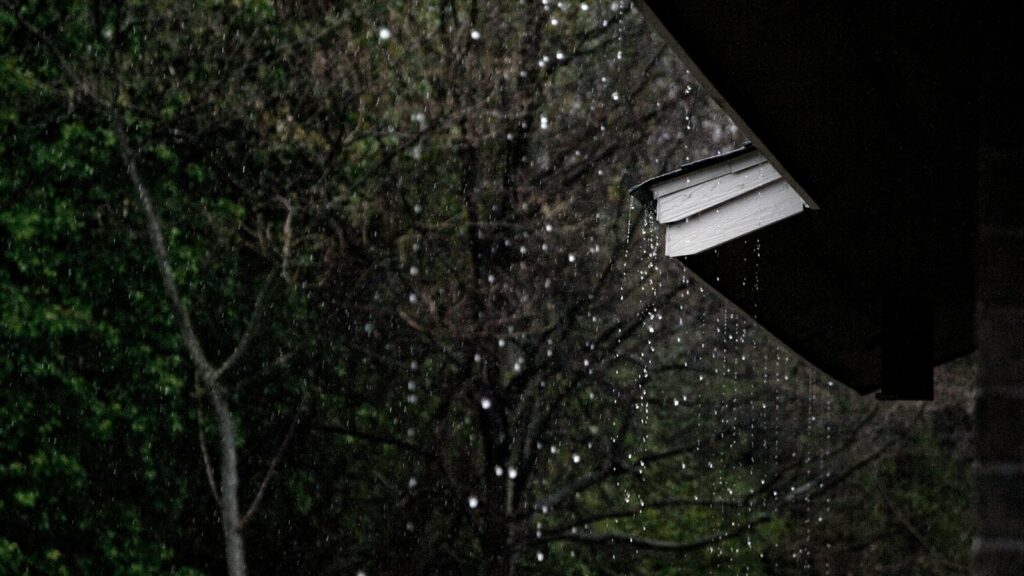
Birds are instinctively drawn to sprinklers because they mimic natural rainfall, a phenomenon that birds have evolved alongside for millions of years. In the wild, rainfall signals an opportunity for birds to bathe, drink, and hunt for food as insects and worms often become more active or visible during and after rain. The sound of water droplets hitting surfaces creates auditory cues that alert birds to potential water sources, even from considerable distances. Additionally, the predictable pattern of many sprinkler systems allows birds to incorporate these artificial “rain showers” into their daily routines, much as they would with natural weather patterns. This natural rainfall simulation is particularly attractive during dry spells when other water sources may be scarce.
Bathing Opportunities
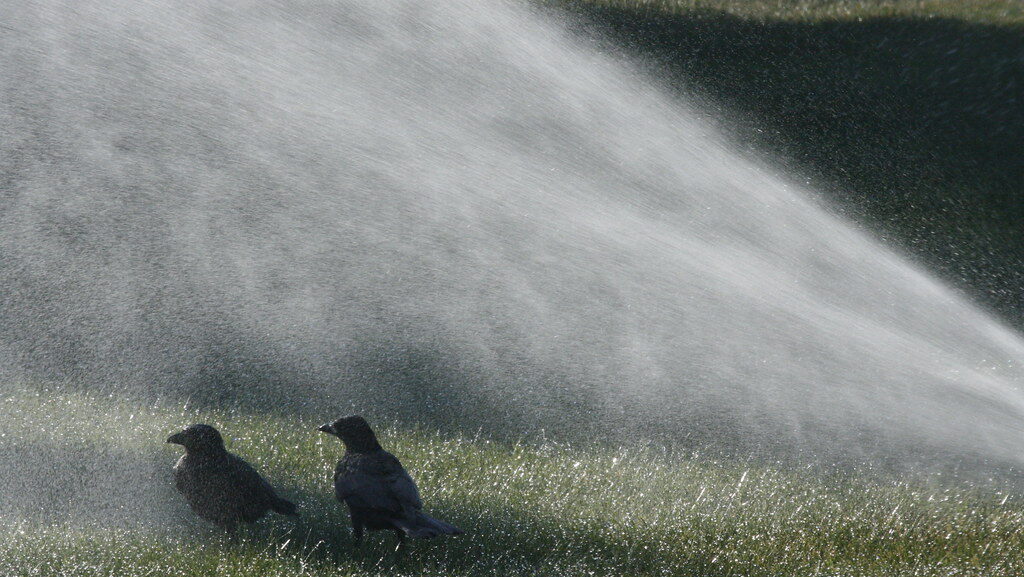
Birds require regular bathing to maintain healthy feathers, which are essential for flight, insulation, and protection. Sprinklers offer ideal bathing conditions with their gentle spray that allows birds to control their exposure to water. Unlike still water in birdbaths, the moving water from sprinklers helps birds rinse their feathers more effectively, removing dirt, parasites, and loose feathers. The continuous fresh water supply also means birds don’t have to worry about contamination that can occur in standing water. You might notice birds displaying obvious joy during these sprinkler baths—flapping their wings, hopping about, and shaking vigorously—all vital behaviors that help distribute natural oils throughout their feathers.
Easy Access to Drinking Water
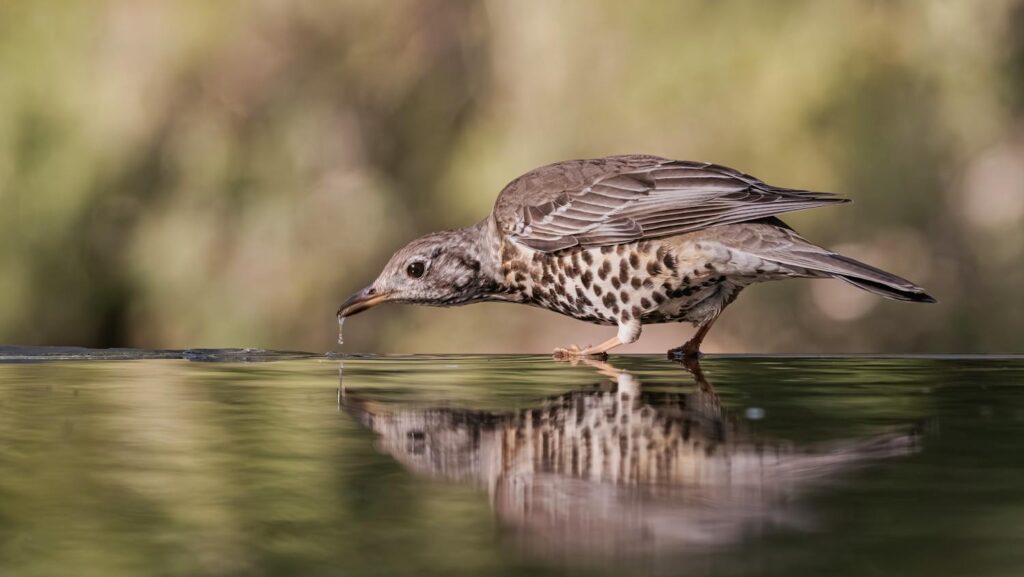
Hydration is crucial for birds’ survival, and sprinklers provide an easily accessible source of fresh drinking water. Birds can drink directly from water droplets on leaves, grass blades, or from small puddles that form during sprinkling. The moving water ensures freshness, making it safer than stagnant water that might harbor harmful bacteria or parasites. For smaller birds especially, sprinkler droplets are perfectly sized for their drinking needs, allowing them to take quick sips without having to fully immerse their beaks as they might in deeper water sources. During hot summer months or in arid regions, your sprinkler system might serve as a critical hydration station for local bird populations, potentially supporting their survival during challenging conditions.
Insect Attraction
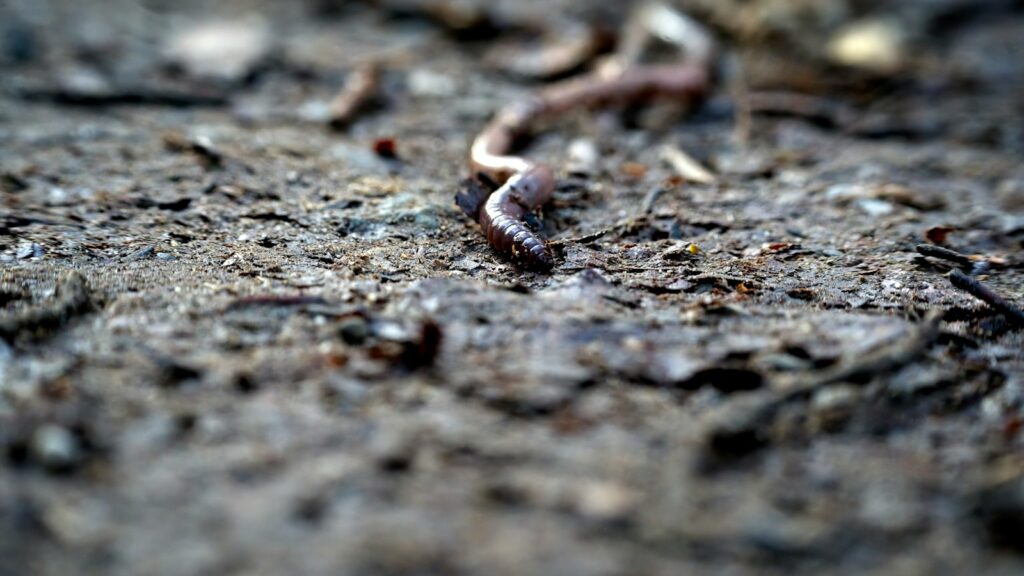
Sprinklers create a microenvironment that attracts insects, which in turn attracts insectivorous birds looking for an easy meal. When sprinklers moisten the soil, earthworms often come to the surface, while flying insects may gather around the water droplets. Birds have learned that these sprinkler zones become temporary feeding grounds rich with protein-packed prey. Species like robins, thrushes, and warblers are particularly likely to visit your sprinkler area to hunt for these emerging food sources. The relationship is actually tripartite: your sprinkler attracts insects, the insects attract birds, and the birds help control pest populations in your garden—creating a beneficial ecological cycle right in your yard.
Cooling Effect During Hot Weather
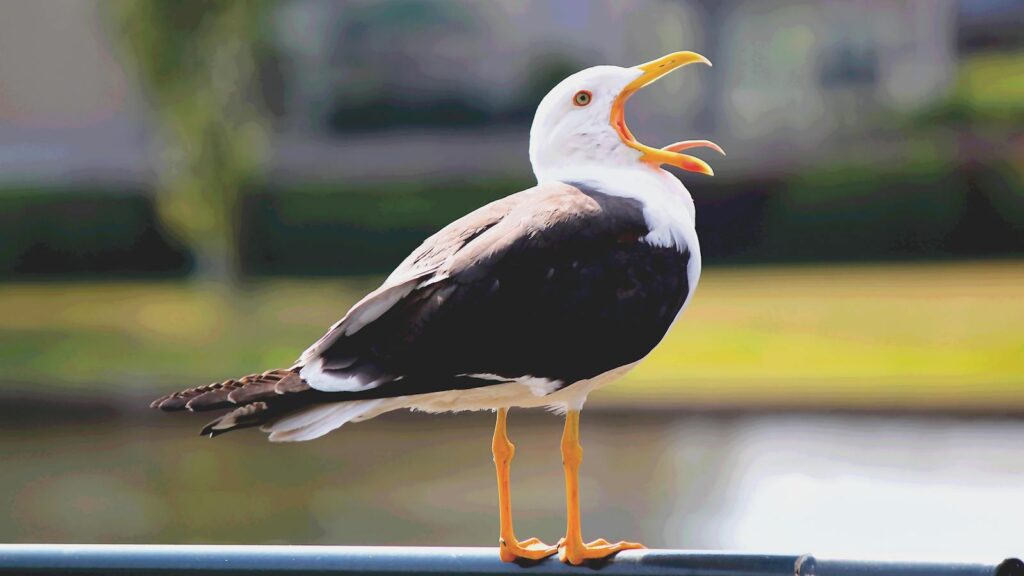
Birds, like humans, seek relief from extreme temperatures, and sprinklers provide an excellent cooling station during hot weather. Unlike mammals, birds don’t sweat, so they rely on external cooling methods such as seeking shade, panting, and wetting their feathers to regulate body temperature. The fine mist from sprinklers can significantly reduce a bird’s body temperature through evaporative cooling, helping them avoid heat stress during summer months. Some species have been observed deliberately positioning themselves in sprinkler spray during the hottest parts of the day, using the water as a natural air conditioner. For birds that must remain active during daylight hours regardless of temperature, your sprinkler might provide a crucial respite that helps them maintain their energy levels and continue essential activities like feeding.
Safe Environment for Vulnerable Moments

Bathing and drinking are vulnerable activities for birds, as they must temporarily lower their guard and focus on these essential tasks rather than scanning for predators. The reliable nature of sprinkler systems, especially those on timers, allows birds to anticipate when water will be available in a location they’ve previously deemed safe. This predictability lets birds plan their bathing and drinking around these scheduled “safe” times. Additionally, the background noise of sprinklers can mask the sound of birds’ movements, potentially providing some audio camouflage from predators who hunt by sound. Over time, birds may come to associate your yard’s sprinkler schedule with a dependable sanctuary where they can perform necessary self-maintenance with reduced risk.
Creating Temporary Puddles and Micro-Habitats
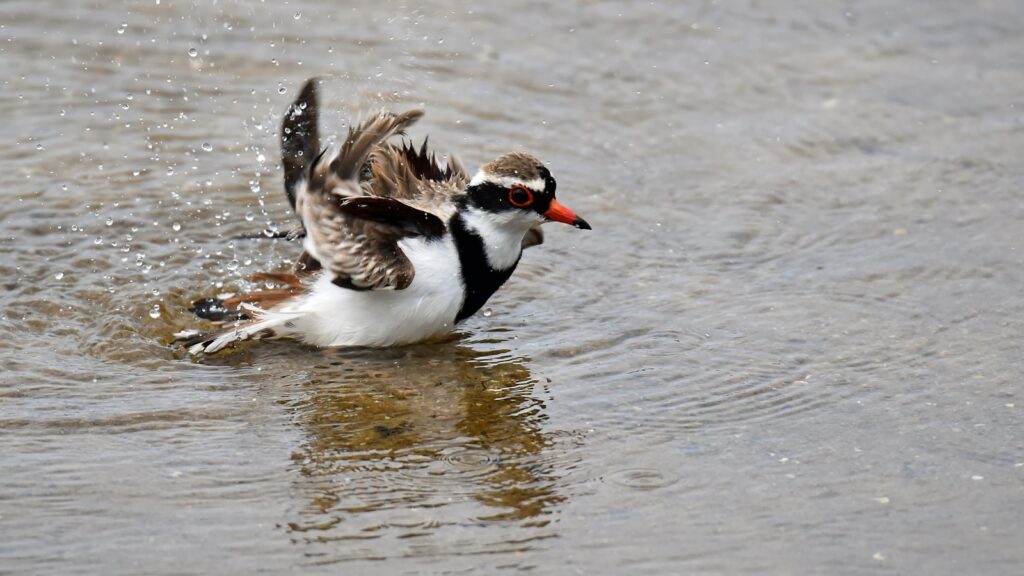
Sprinklers often create small puddles and damp areas that serve as temporary micro-habitats attracting diverse bird species. These shallow water features are particularly appealing to birds that prefer foraging in wet soil or shallow water, such as many songbird species. The damp ground beneath sprinklers softens the soil, making it easier for ground-feeding birds to probe for worms and insects that might otherwise remain too deep to access. Additionally, these temporary wet zones support small ecosystems of microorganisms that further enhance the food chain and biodiversity in your yard. Ornithologists have observed that yards with variable moisture levels tend to attract a wider variety of bird species than uniformly dry or uniformly wet environments.
Social Gathering Spots
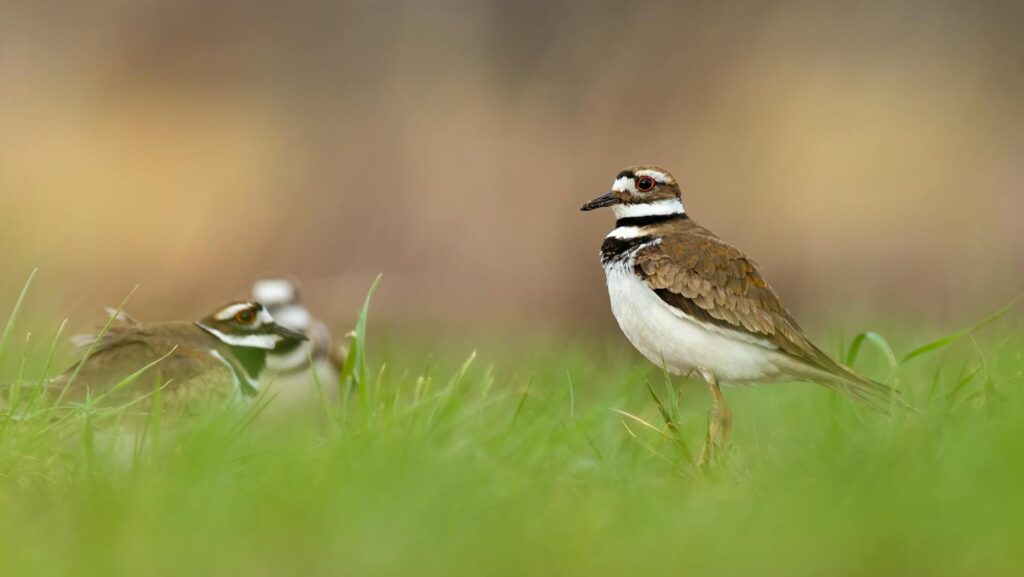
Sprinklers often become social hubs where multiple birds gather, creating opportunities for community bathing and social interaction. Many bird species have complex social structures and benefit from group activities that strengthen flock bonds and establish hierarchies. Young birds may learn important skills by observing adults bathing in sprinkler spray, while adults may use these gatherings to assess potential mates. The temporary nature of sprinkler availability can create a time-sensitive resource that birds must share, leading to fascinating displays of bird etiquette and communication. Birdwatchers often report seeing multiple species peacefully coexisting around sprinklers when they might otherwise be territorial in different contexts.
Sprinkler Types and Bird Preferences
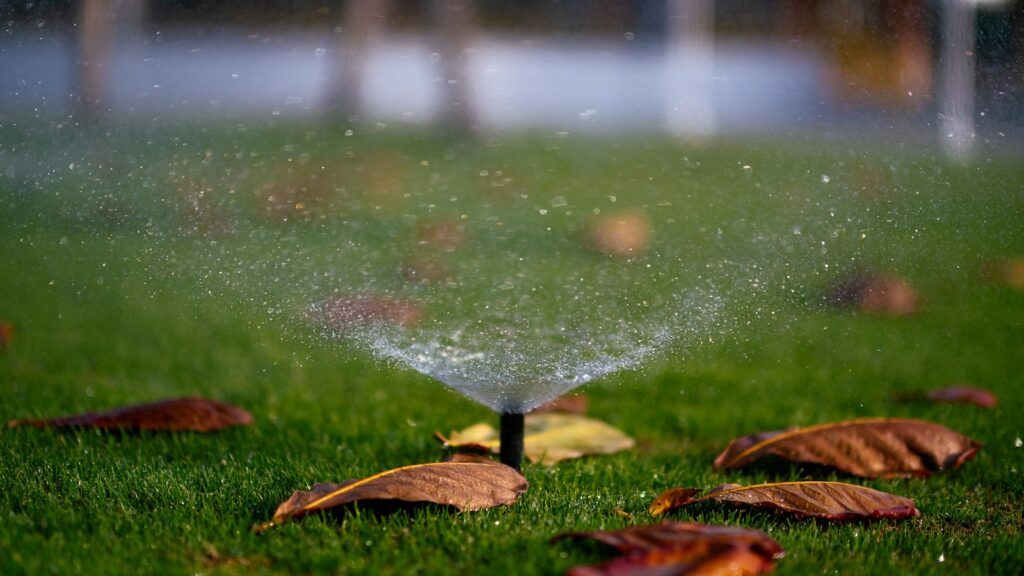
Different sprinkler systems attract different bird species based on spray patterns, water pressure, and coverage area. Oscillating sprinklers with their gentle back-and-forth motion tend to attract smaller songbirds that enjoy flying through the predictable water arch. Impact sprinklers with their rotating spray might appeal to ground-feeding birds that take advantage of the moistened soil in the sprinkler’s path. Misting systems with their fine water droplets are particularly attractive to hummingbirds and other small species that can hover in the mist. Drip irrigation systems, while less dramatic, create excellent foraging conditions for birds that prefer to search for food in damp soil. Understanding these preferences can help you choose a sprinkler system that not only meets your lawn’s needs but also maximizes its appeal to your local bird population.
Seasonal Importance
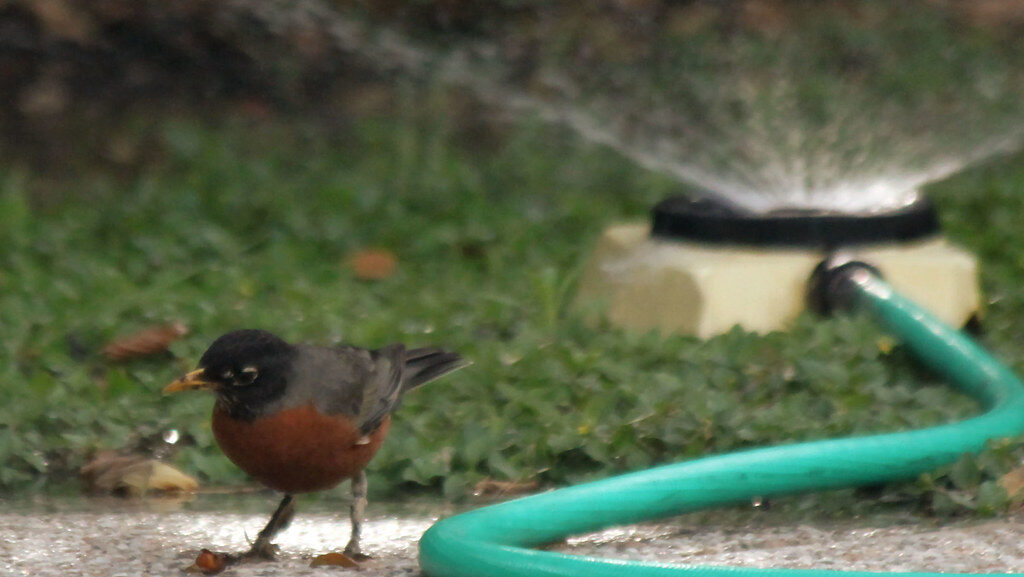
The attraction of birds to sprinklers varies significantly with the seasons, becoming particularly important during specific times of year. During hot, dry summer months, sprinklers may serve as critical water sources when natural options have dried up, potentially attracting a higher diversity and density of birds to your yard. Spring brings nesting season, when adult birds need reliable water sources to maintain their own health while caring for hungry nestlings. Fall migration periods may bring temporary visitors to your sprinkler as birds fuel up and hydrate for long journeys. Even in winter, if you live in a mild climate where sprinklers run year-round, birds may depend on this water source when ponds and streams freeze over, though they’ll be more cautious about getting wet in cold temperatures.
Unintended Conservation Benefits
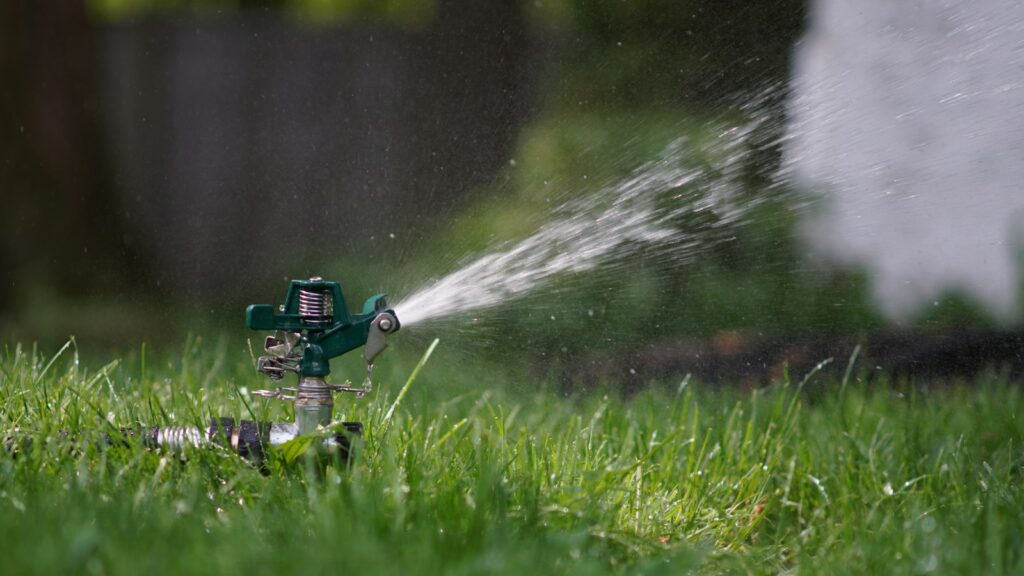
Your humble sprinkler system may be providing unintended conservation benefits by supporting local and migratory bird populations. In urban and suburban environments where natural water sources have been reduced or eliminated, residential irrigation systems can serve as crucial replacement habitat features. During drought conditions, these artificial water sources can help sustain bird populations that might otherwise face significant stress or displacement. Migrating birds that use established flyways may come to rely on the predictable presence of residential water sources in certain regions, potentially influencing migration patterns over time. By maintaining your sprinkler system, you’re inadvertently contributing to urban wildlife conservation efforts and helping maintain biodiversity in increasingly developed landscapes.
Enhancing Your Sprinkler’s Bird Appeal
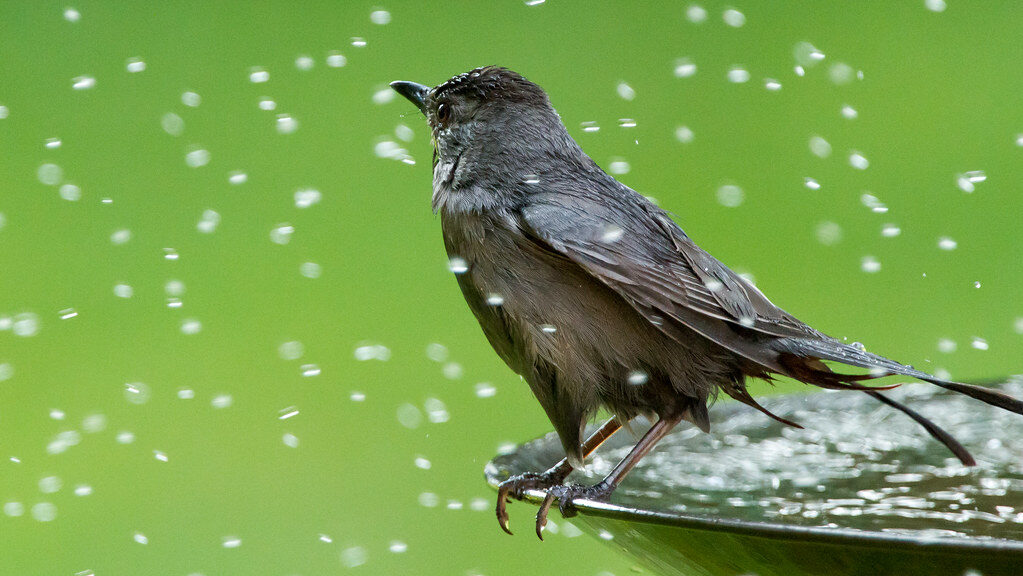
Several simple adjustments can make your sprinkler system even more attractive to a diverse range of bird species. Setting your sprinkler to run during early morning or late afternoon aligns with birds’ natural active periods and reduces water loss from evaporation. Positioning sprinklers near trees or shrubs provides birds with quick escape routes and perching spots, increasing their comfort level while using the water source. Adding bird-friendly landscaping elements around sprinkler zones, such as native plants that provide food and shelter, creates a more complete habitat that birds will visit regularly. Consider occasionally adjusting sprinkler patterns or creating shallow depressions where water can collect, providing varied experiences that appeal to different bird preferences and needs throughout the seasons.
Observing and Documenting Bird Visitors
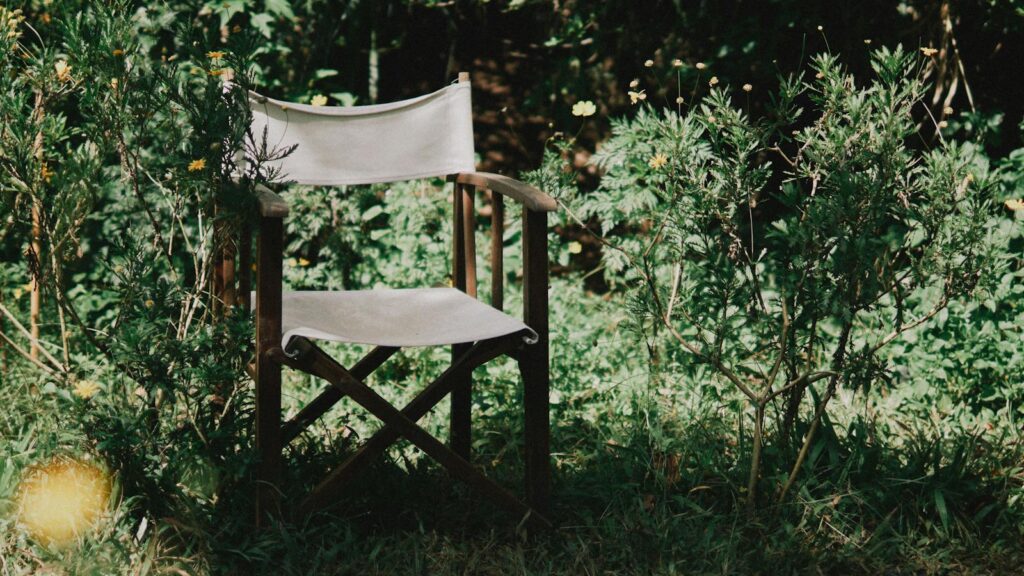
Your sprinkler-attracted birds offer excellent opportunities for observation, photography, and citizen science participation. Setting up a comfortable viewing area at a respectful distance allows you to witness fascinating bird behaviors without disturbing their activities. Keeping a simple journal of species, numbers, behaviors, and timing can reveal patterns in how birds use your sprinklers throughout the seasons and years. Many citizen science projects welcome data about backyard birds, and your observations of sprinkler-using birds could contribute valuable information about urban wildlife adaptation. Photographing these water-loving visitors not only provides personal enjoyment but can help with identification and documentation of unusual species or behaviors that might interest the wider birdwatching community.
Conclusion
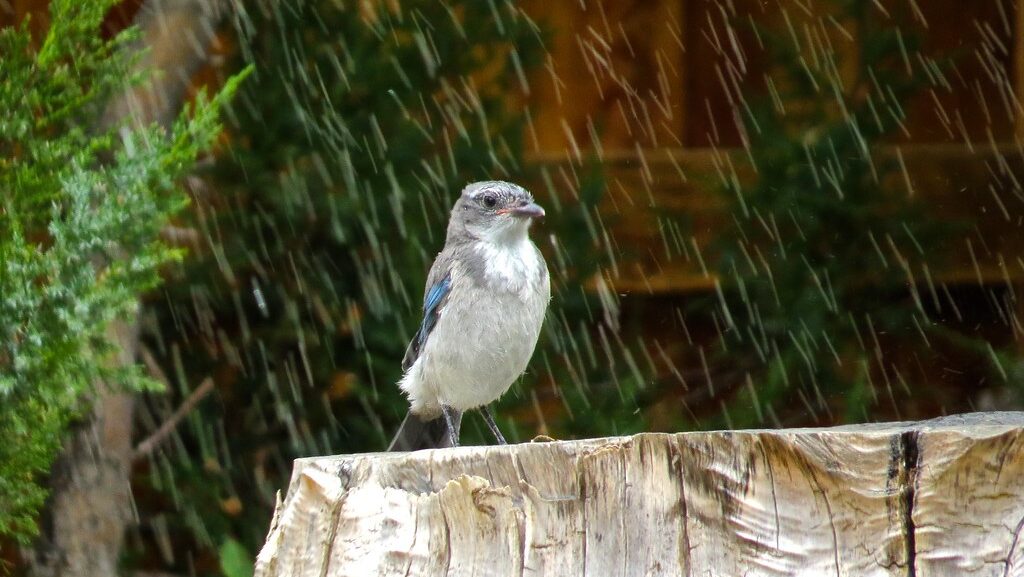
Your garden sprinkler serves far more purposes than simply watering your lawn—it creates a dynamic ecosystem that attracts and supports local bird populations in numerous ways. From providing essential bathing facilities and drinking water to creating feeding opportunities and cooling stations, sprinklers replicate natural processes that birds have evolved alongside for millennia. This unintentional bird magnet in your yard contributes to local biodiversity and conservation while offering you the chance to observe fascinating bird behaviors up close. By understanding why birds are drawn to your sprinkler system, you can enhance this attraction and develop a deeper appreciation for the ecological connections happening right in your own backyard. The next time you see birds frolicking in your sprinkler’s spray, you’ll recognize it as more than just a charming sight—it’s an important interaction supporting the health and wellbeing of your feathered neighbors.
